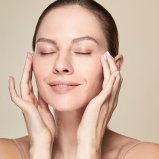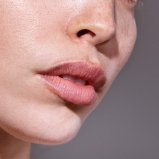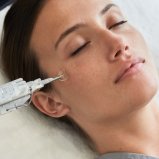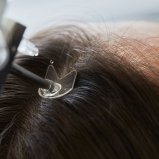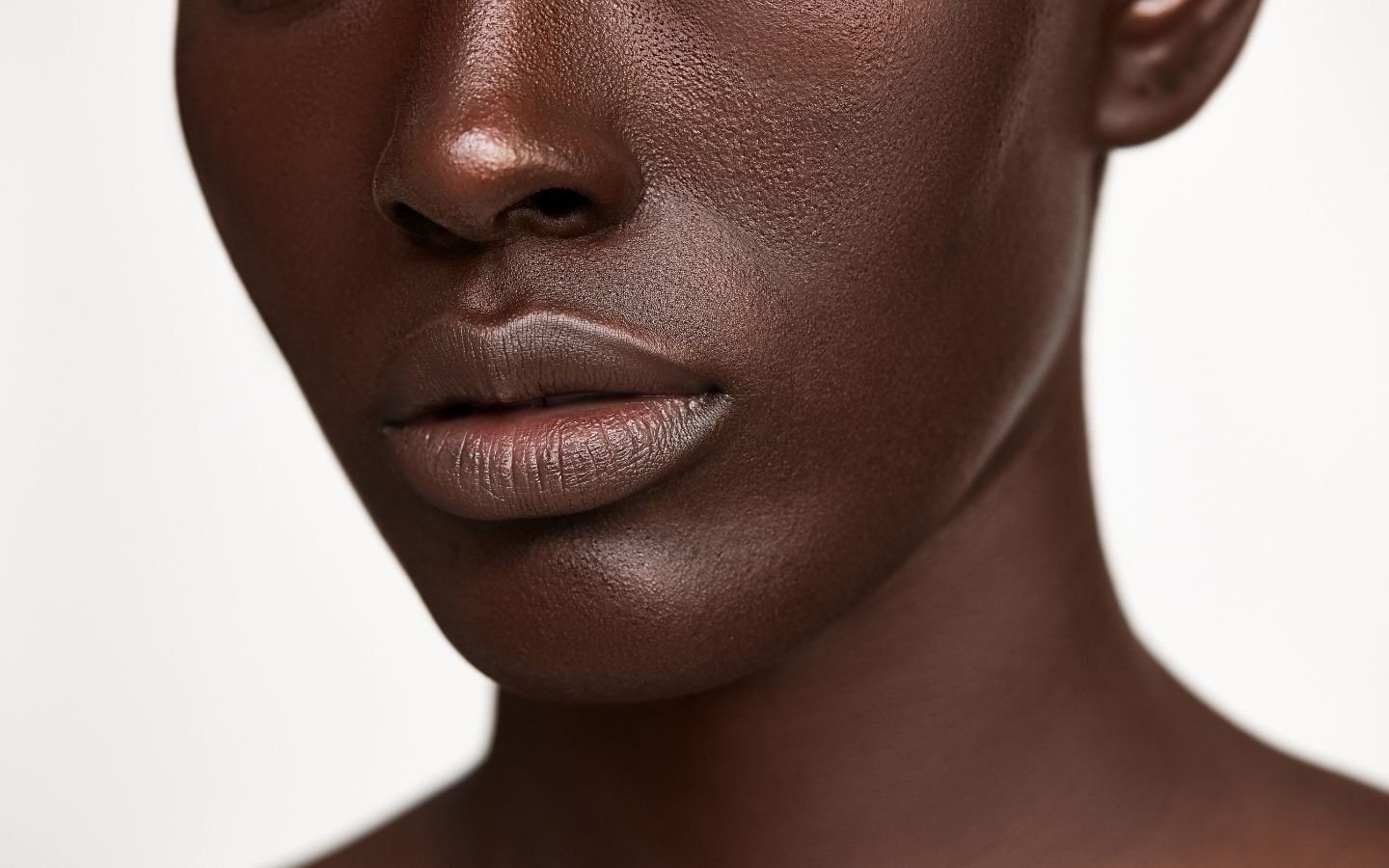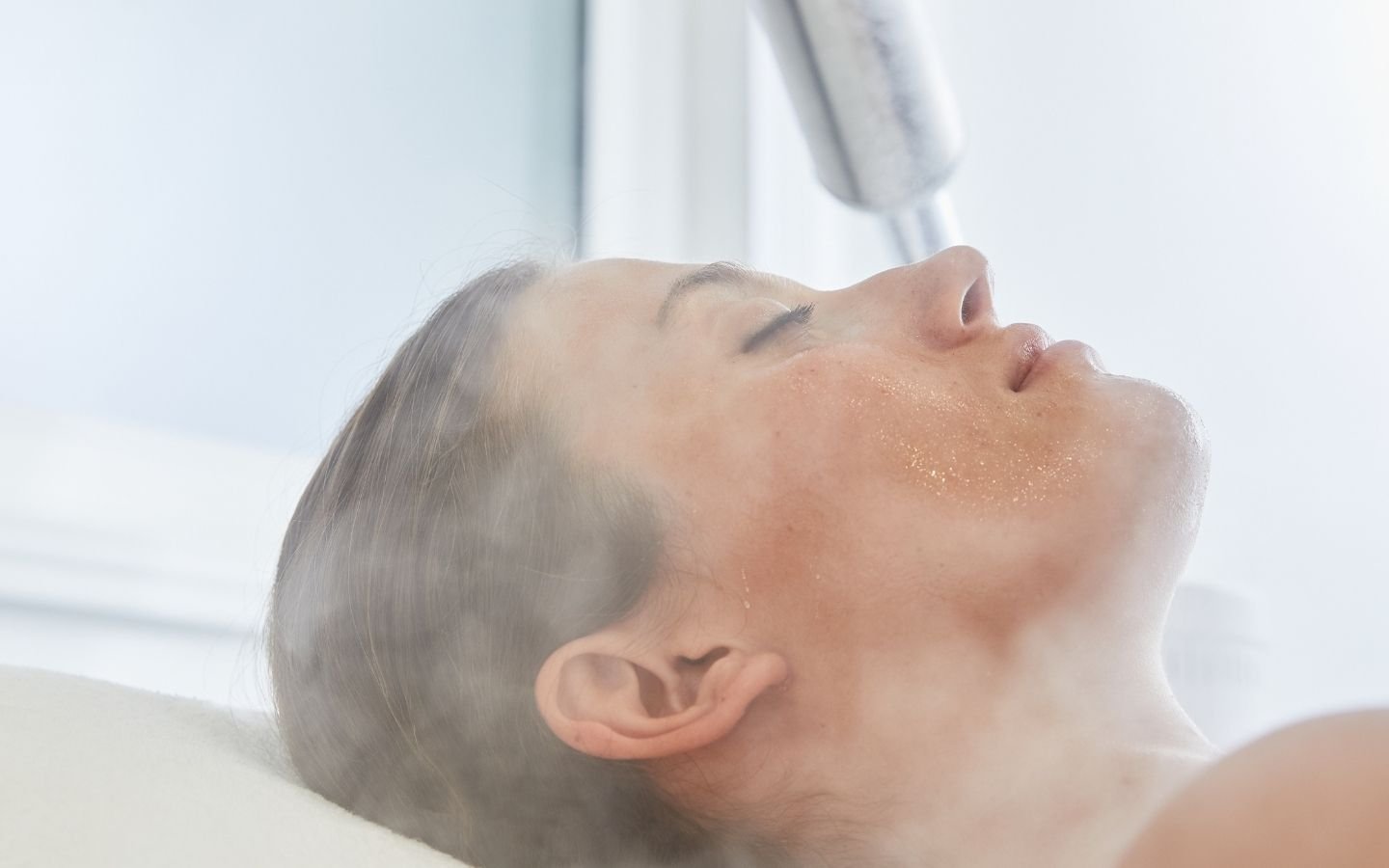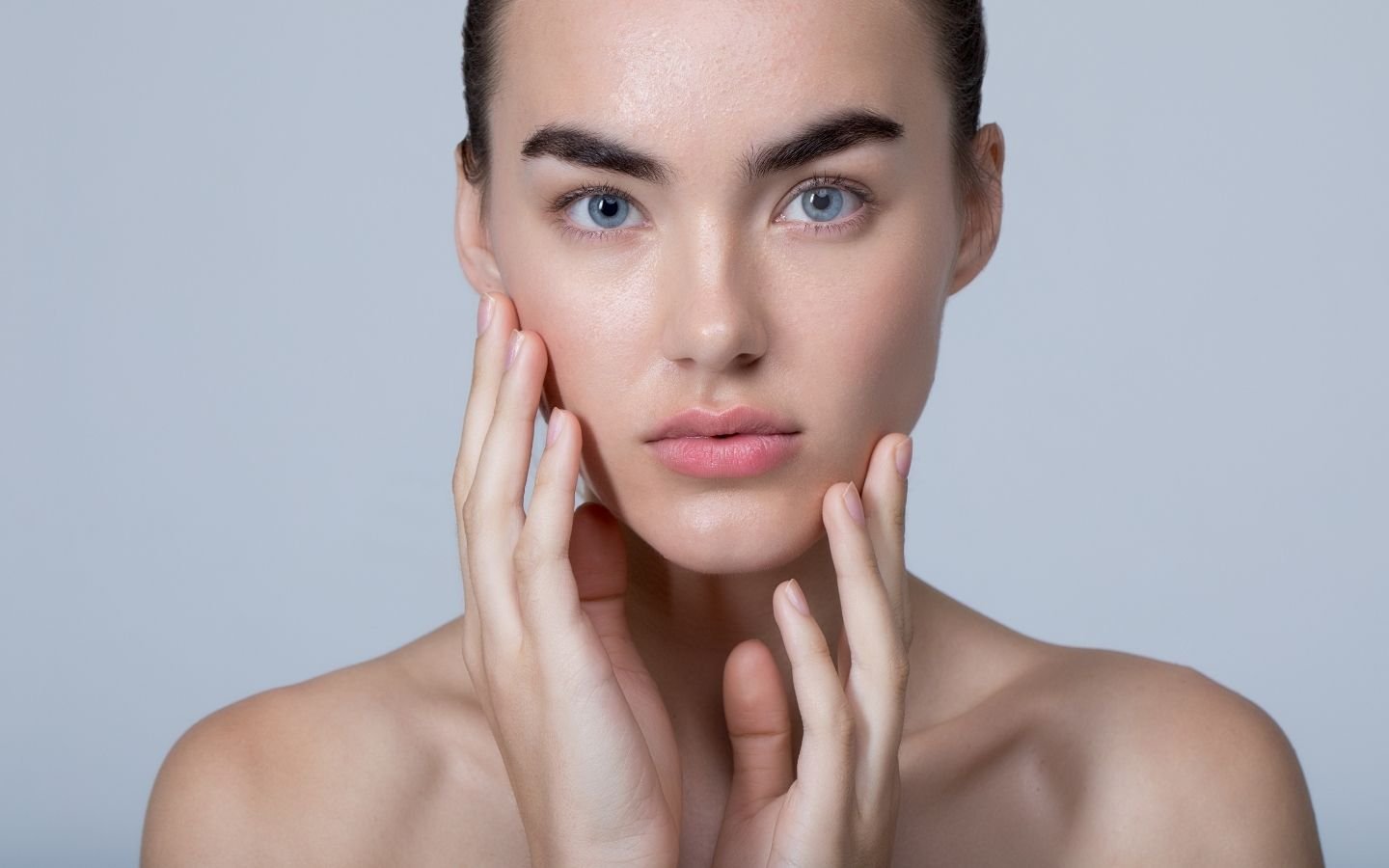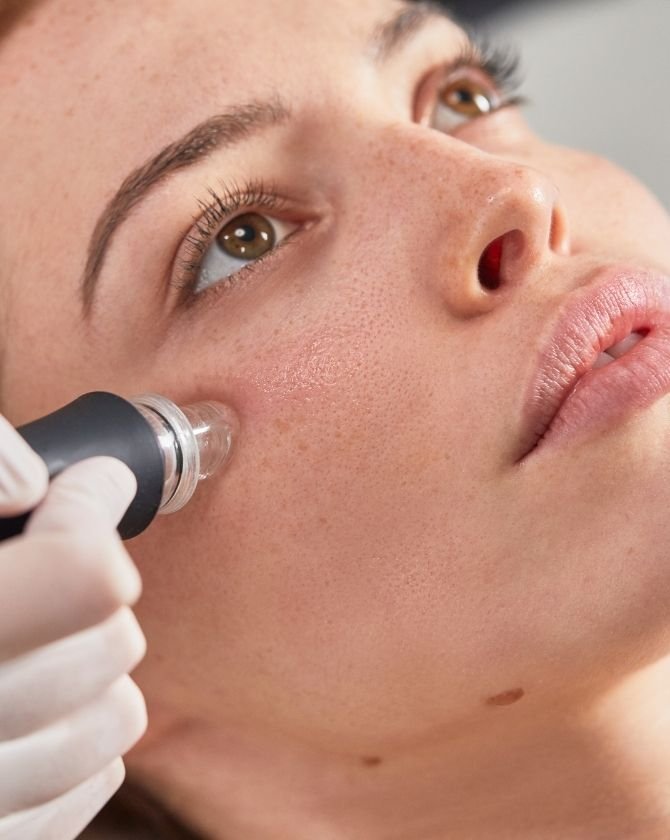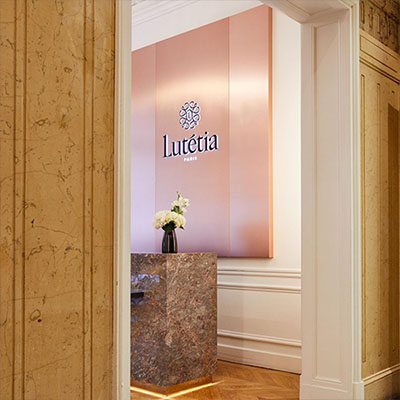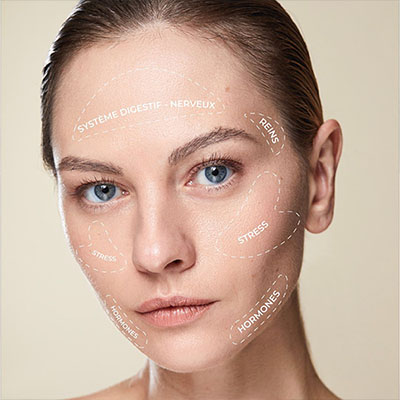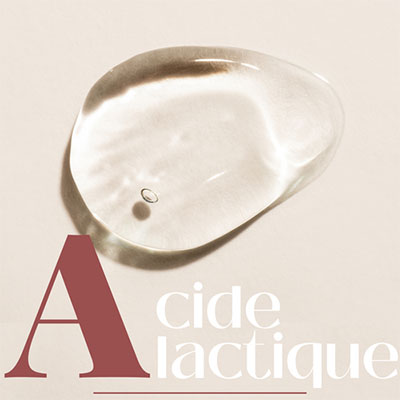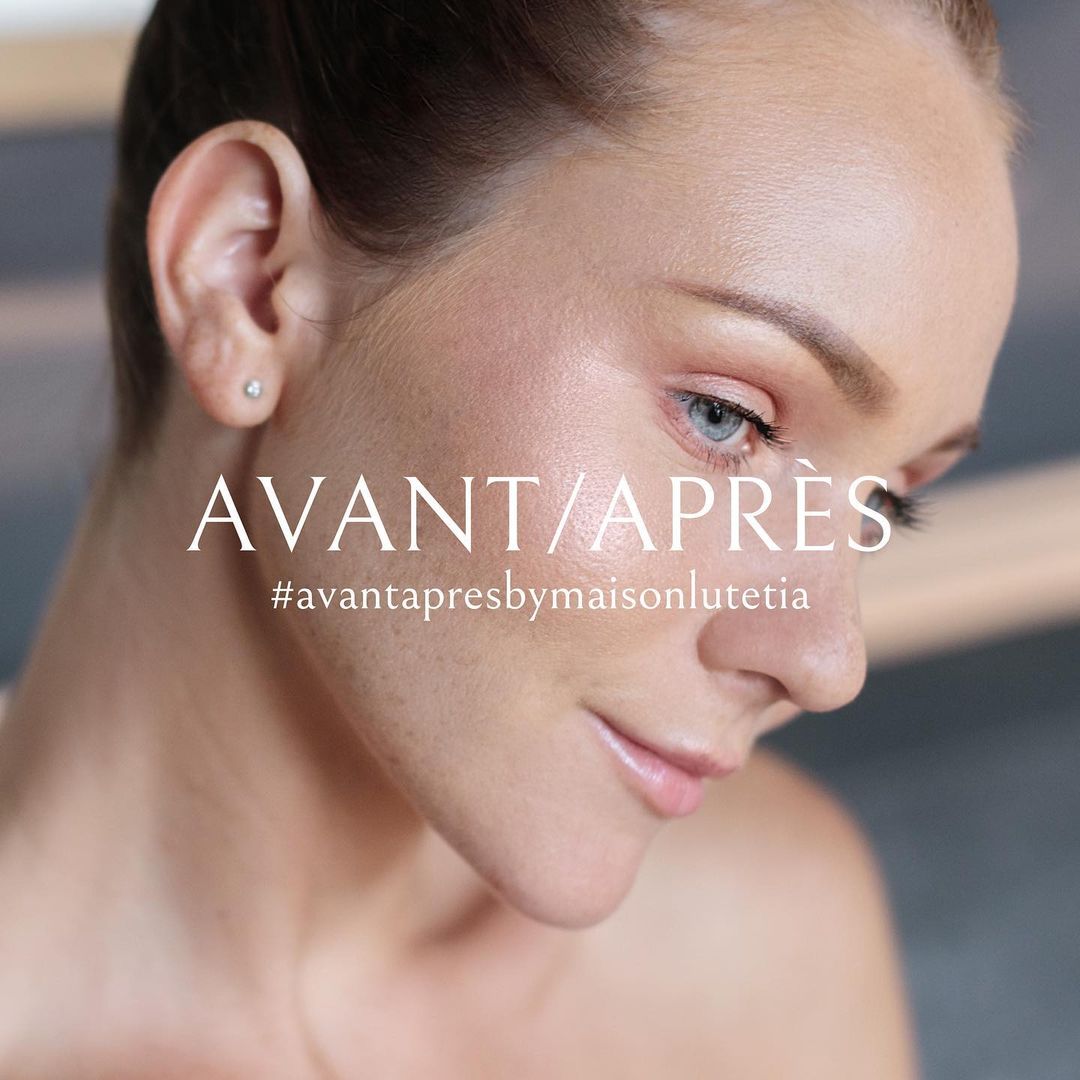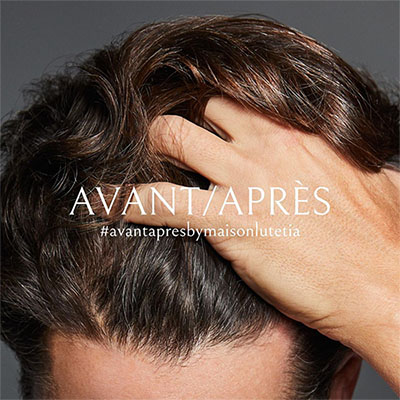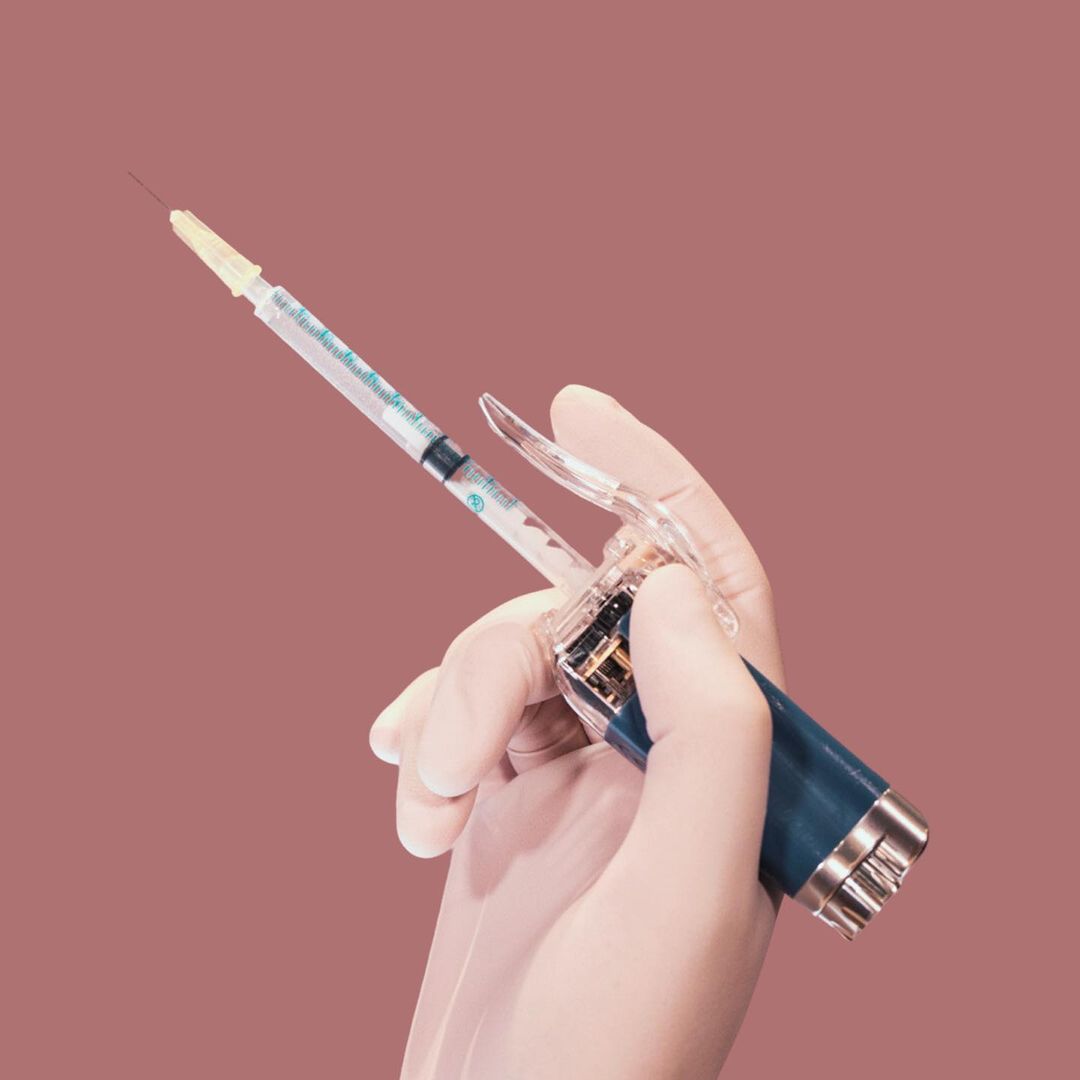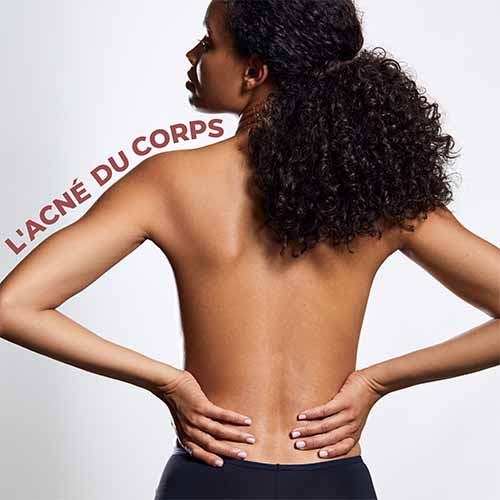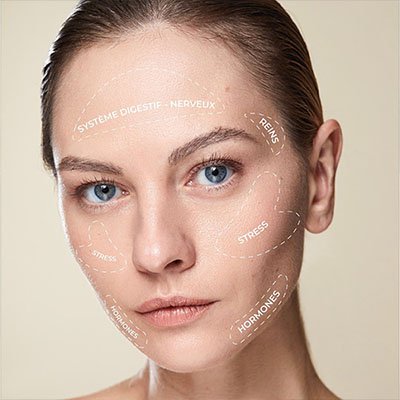In addition to following a beauty routine adapted to the needs of your skin type, treatments can be carried out at Maison Lutétia to improve skin texture.
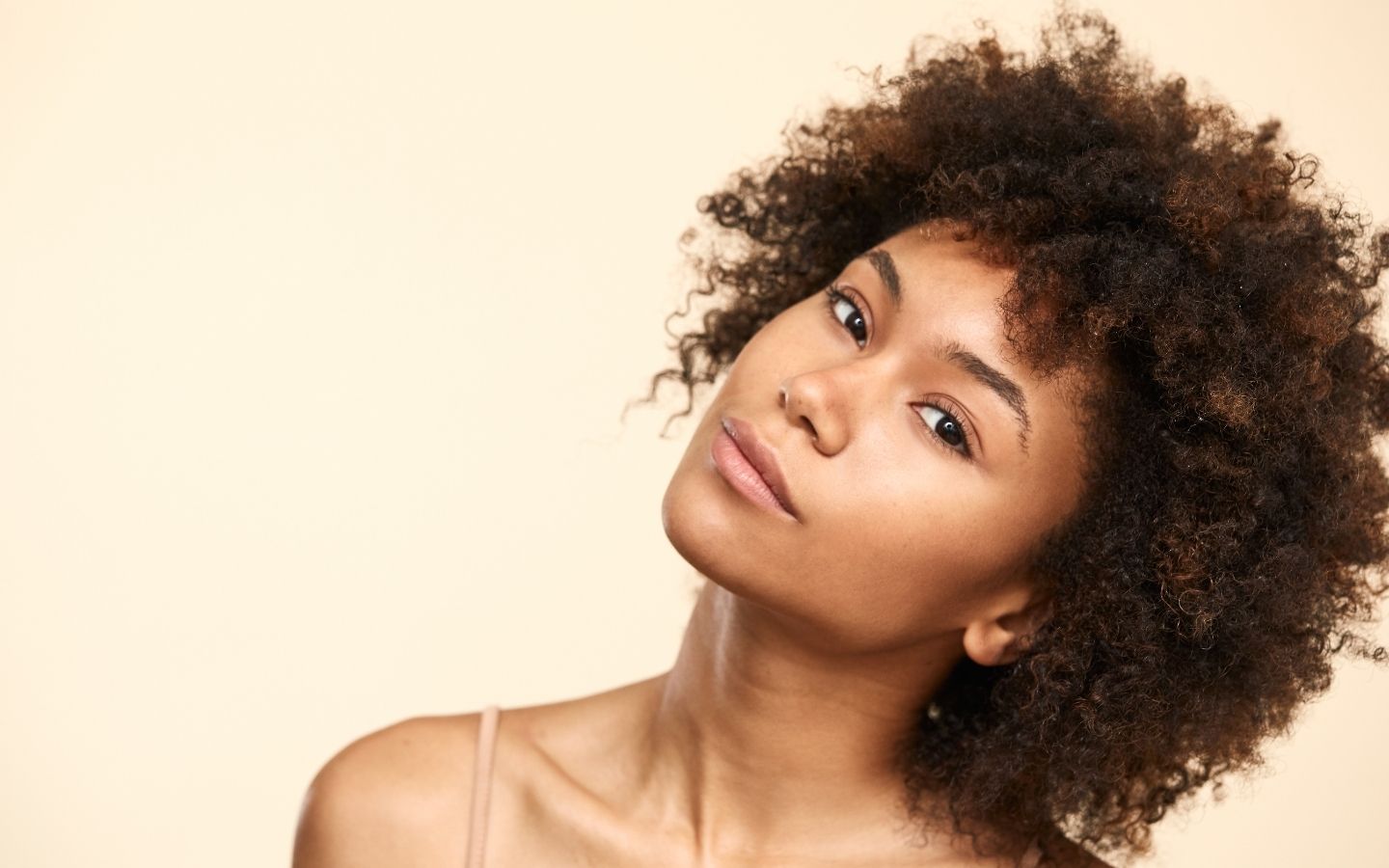
Smooth the skin
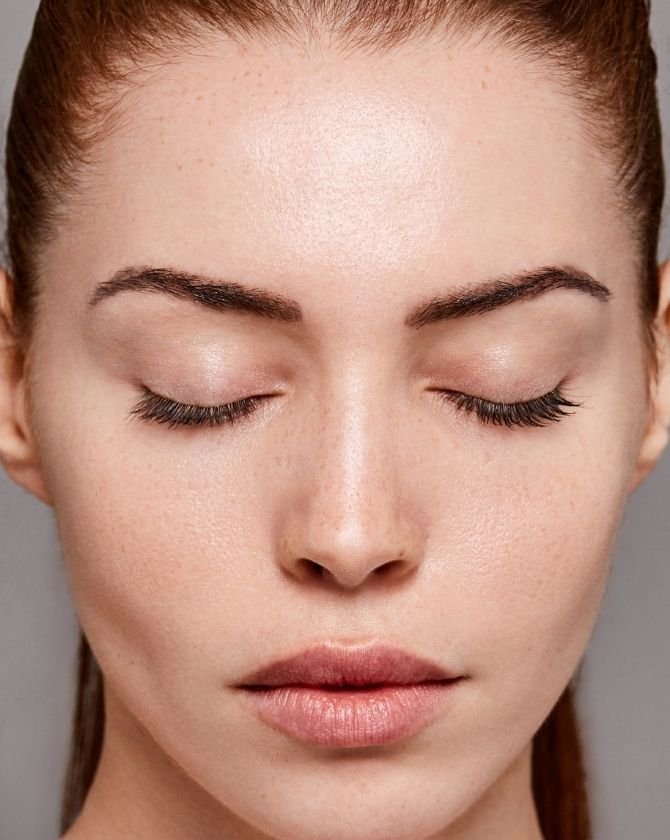
What do we call irregular skin texture?
An irregular skin texture corresponds to a grainy skin texture, with skin areas that lack homogeneity (redness, dryness, enlarged pores, blackheads, etc.). In this case, even full-coverage makeup cannot smooth the skin! This is the daily life of combination to oily skin, whose overproduction of sebum leads to dilation and then obstruction of pores, with the appearance of blackheads which reinforce the grainy appearance of the skin.
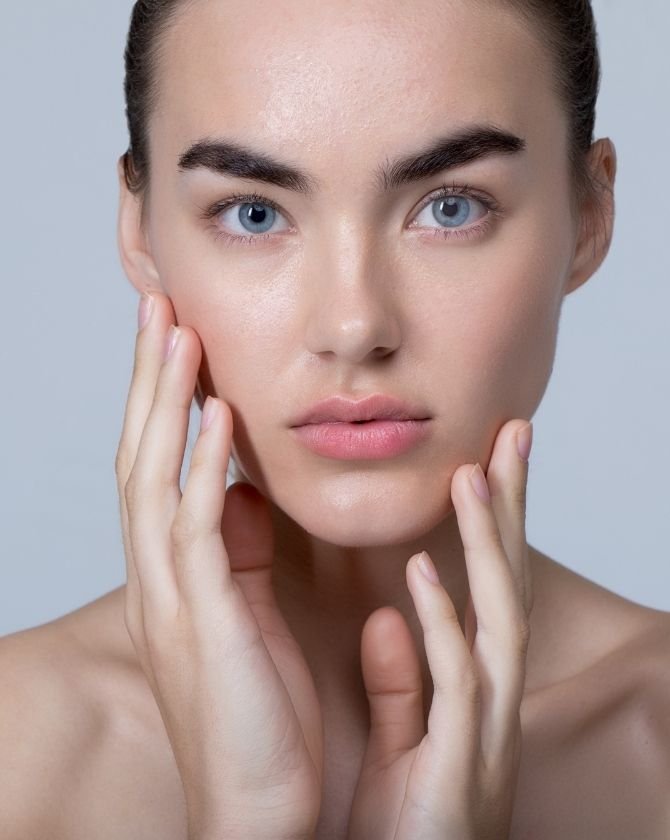
What are the causes of uneven skin texture?
There are several causes for uneven skin texture:
- Too much sebum secretion: In the event of hyperseborrhea, the skin displays dilated pores, in which impurities accumulate, thus transforming into comedones. These imperfections have a role in the irregular appearance of skin texture.
- An unsuitable beauty routine: All you need to do is use beauty products that are not suited to your skin type for it to react with redness and other skin reactions.
- Hormonal problems: During adolescence, during pregnancy with the pregnancy mask, at menopause... Hormonal changes have an impact on the quality of the skin.
- A common skin condition, keratosis pilaris: This is a common skin condition that causes small, hard bumps under the skin, giving it a “sandpaper” feel.
- External aggressions: Stress, pollution, tobacco consumption, exposure to UV rays... External aggressions can influence the appearance and texture of the skin.
Irregular skin texture, what to do?

The aesthetic solutions offered at Maison Lutétia
Medical microneedling
How it works ?
This is a treatment recommended for textured skin. A hand piece causes micro-channels on the surface of the skin to promote the skin's self-healing process. Neocollagenesis is stimulated, providing a velvety skin texture. Over the course of the sessions, the skin is renewed. The key is a new cleansed and clear skin.
The sessions
Between 3 to 6 sessions.
The LaseMD Ultra
How does it work?
LaseMD Ultra treats skin with imperfections. This treatment creates micro-zones of heat and micro-channels that boost cell regeneration. A retinol-based anti-acne serum is then applied, regulating hyperseborrhoea, treating dilated pores and sublimating the skin.
The sessions
On average one session every two weeks.
Light therapy
How does it work?
Light therapy is ideal for improving skin texture. The red LED stimulates the production of collagen, redensifying the skin. As for the blue LED, it purifies the skin, treats acne and rebalances combination to oily skin. The yellow LED soothes redness, and the green LED promotes a radiant complexion.
The sessions
One session per week is recommended.
The Soin Signature by Lutétia
How does it work?
This is a tailor-made relaxing skin-perfecting treatment, which offers intense hydration as well as a purifying action thanks to microdermabrasion and the peeling effect of fruit acids. If necessary, the practitioner removes the comedones to cleanse the epidermis. The key is radiantly beautiful skin.
The sessions
1 session every 15 days.
The Carbon Laser Peel
How does it work?
The Carbon Laser Peel allows you to treat enlarged pores and refine skin texture thanks to the power of activated carbon, and the use of two lasers, to explode impurities and restart collagen production. This treatment for grainy skin has a rebalancing action on sebum production and provides a tightening effect on the epidermis.
The sessions
1 session every 15 days.
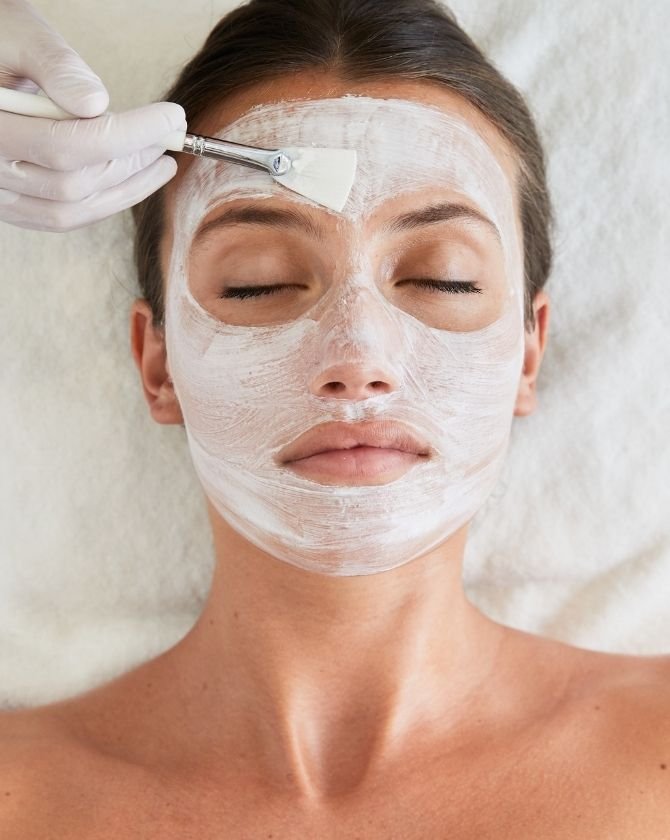
What products for my skin with imperfections?
To treat grainy skin at home, cleanse it every evening and provide intense hydration. Here are our tips.
To avoid :
- Products that are too aggressive for the skin and contain soap or alcohol because they stimulate the activity of the sebaceous glands.
- Creams that are too rich and clog pores and are occlusive.
- Showers or baths that are too hot which stimulate sebum secretions.
Preferred :
- Non-comedogenic products
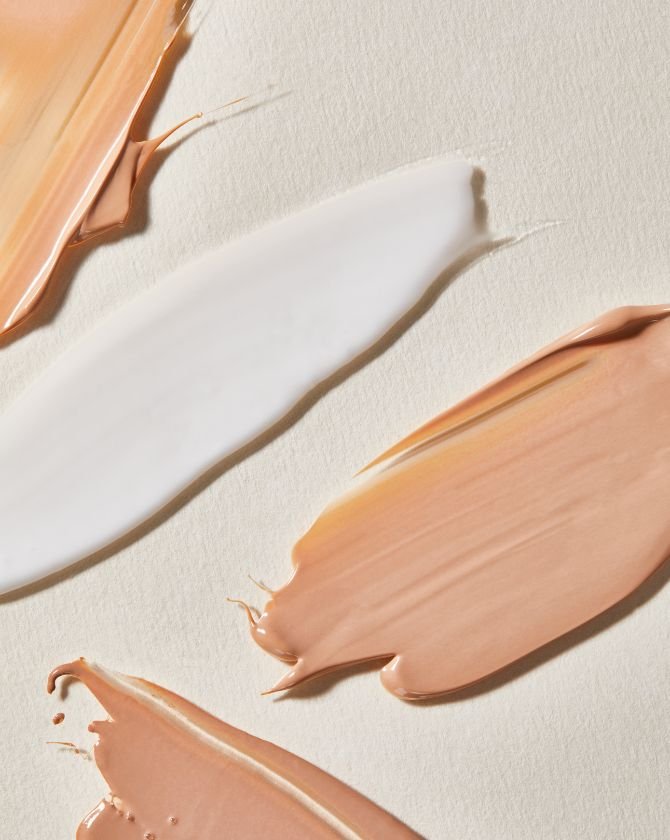
Comedogenic substances can cause various skin ailments:
- Open microcysts also called comedones or blackheads. Their dark color comes from the oxidation of sebum.
- Closed microcysts, which develop on the surface of the skin, cause white bumps.
- Enlarged pores, when the skin texture becomes visible and the complexion is not uniform.
- Acne, which manifests itself as red or white spots.
Using a non-comedogenic treatment means that it limits the appearance of spots and other imperfections. Its texture and composition slow down the appearance of blackheads and do not clog the pores of the skin. Non-comedogenic cosmetics are therefore particularly recommended for skin with imperfections or acne-prone skin.
How to naturally refine your skin texture?
- Scrupulous hygiene: Cleanse your face morning and evening with a gentle cleansing milk for the skin.
- Scrub/exfoliation to unclog pores: Once a week, carry out a home peel to rid the skin of impurities.
- Hydration and nutrition: Moisturize your skin daily with a fine aqueous cream.
- Regulate sebum production: To rebalance hyperseborrhoea, use a clay mask once a week.
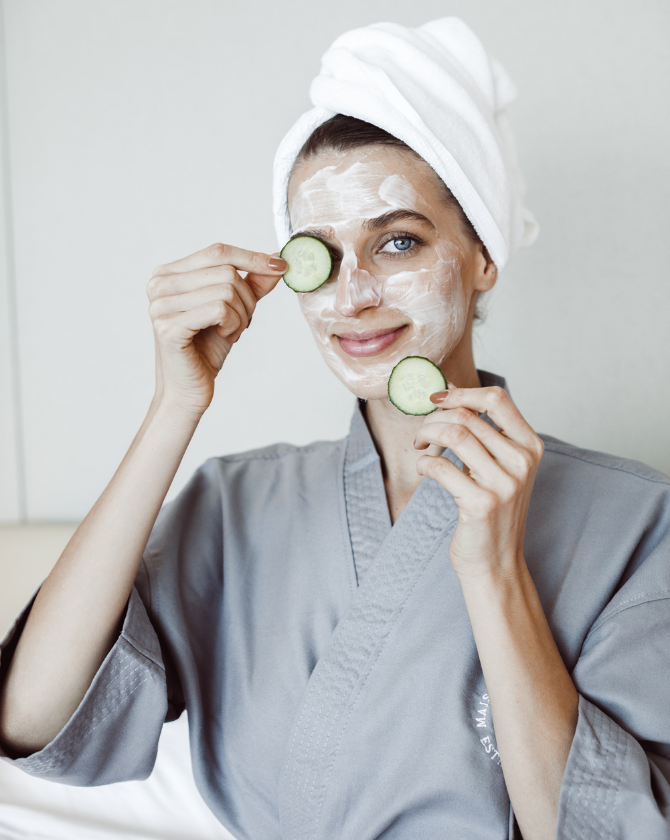
Are natural methods effective?
Natural methods can be effective occasionally, but they are not necessarily suitable for your skin type. Ask your dermatologist for advice on their use.
- Mask based on baking soda and water: Baking soda has a rebalancing and purifying action on combination to oily skin.
- Aloe vera mask: This plant is known for its moisturizing and enhancing properties. Aloe vera gel can be applied as a mask to the skin.
Other skin problems to treat
FAQ
Do skin irregularities affect oily or combination skin the most?
Yes, but they can also affect other skin types when the seasons change, for example. Dehydrated skin can also be prone to blemishes.
How to regulate sebum production?
To regulate sebum production, adopt a suitable beauty routine and carry out a Carbon Laser Peel protocol at Maison Lutétia.
Is it relevant to continue to moisturize oily skin?
Yes, oily skin needs hydration, using a light, non-rich treatment that will not be occlusive.
Find us
6 Rue Ampère, 75017 Paris
